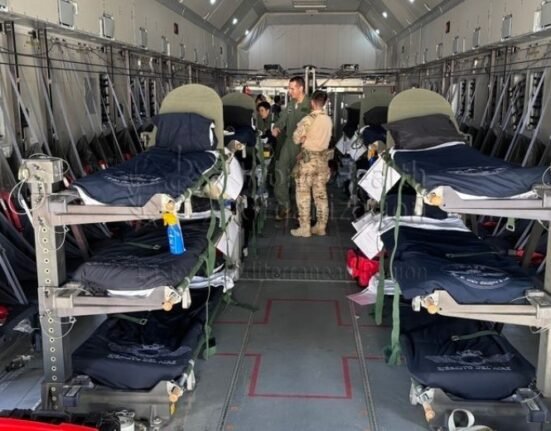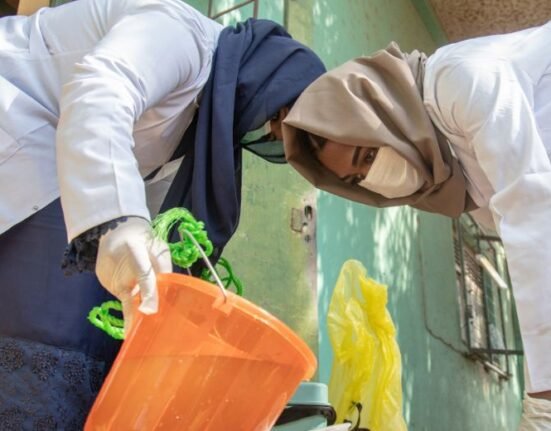HQ Team
May 3, 2023: First major signs of health system recovery, after three years of the COVID-19 pandemic, were visible at the start of this year, with disrupted services falling 23 percentage points during the three-month period that ended in January.
“In 84 countries where trend analysis is possible, the percentage of disrupted services declined on average from 56% in July-September 2020 to 23% in November 2022- January 2023,” a WHO report stated.
The report stated that the new data was “an important step to return to pre-pandemic levels of service delivery and broader system functioning.”
By the end of 2022, most countries reported partial signs of service recovery, including in services for sexual, reproductive, maternal, newborn, child, and adolescent health nutrition.
Recovery was also seen in immunization, infectious diseases (malaria, HIV, TB, and other sexually-transmitted infections), neglected tropical diseases, and non-communicable diseases.
Managing substance use
The uptake extended to managing mental, neurological, and substance use disorders, care for older people, and traditional and complementary care.
“The number of countries reporting disruption to their national supply chain system reduced from nearly half (29 of 59 responding countries) to about a quarter (18 of 66 responding countries) within the last year,” according to the report.
The COVID-19 pandemic has resulted in the death of more than seven million people worldwide. New variants of the virus are still circulating the globe claiming more lives.
“It is welcome news that health systems in the majority of countries are starting to restore essential health services for millions of people who missed them during the pandemic,” said Dr Rudi Eggers, WHO Director for Integrated Health Services.
“But we need to ensure that all countries continue to close this gap to recover health services, and apply lessons learned to build more prepared and resilient health systems for the future.”
Service backlogs
Service disruptions persisted across countries in all regions, income levels, and most service delivery settings and tracer service areas.
Countries are also dealing with increasing service backlogs – most frequently in services for screening, diagnosis, and treatment of non-communicable diseases – which can lead to negative consequences as people are delayed access to timely care.
Most countries have made progress in integrating COVID-19 services into routine health service delivery as a step toward system recovery and transition.
These include deploying telemedicine approaches, promoting home-based care or self-care interventions, strengthening health workers’ availability, and innovations in procuring and delivering medicines and supplies.
Three-quarters of countries reported additional funding for longer-term system recovery, resilience, and preparedness.
Essential tools
“About 80-90% of countries have fully integrated COVID-19 vaccination, diagnostic and case management services as well as services for post COVID-19 condition into routine service delivery.”
Still, many countries (80% of 83 responding countries) reported at least one bottleneck to scaling up access to essential COVID-19 tools such as COVID-19 diagnostics, therapeutics, vaccines, and personal protective equipment or PPE).
A lack of funding and health workforce issues were the most common barriers.








